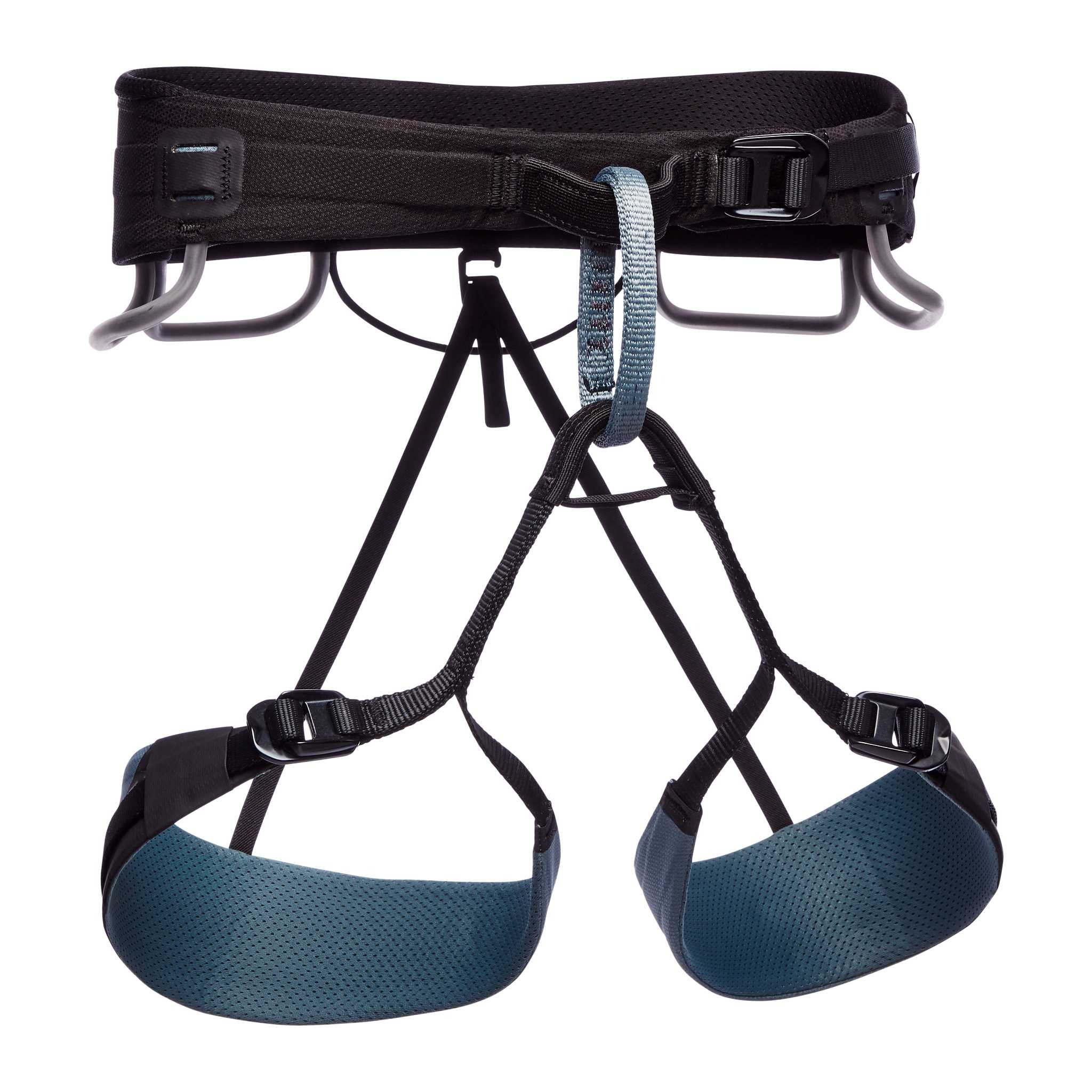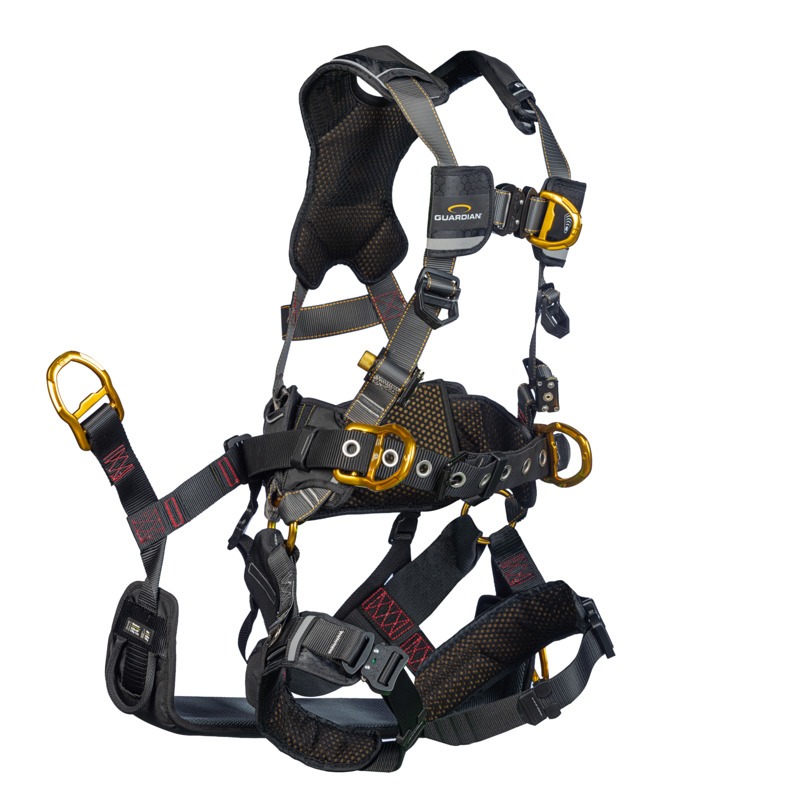The Importance of a Good Harness
A good rock climbing harness is critical for safety. It’s your lifeline on the rock face. A harness secures you to your rope system. It’s a vital piece of equipment for climbers of all levels. An ideal harness distributes weight evenly. This is crucial during falls or when hanging. Comfort is also key. A good fit prevents distractions and allows you to focus on climbing. Durability matters for your harness. It must withstand rough surfaces and frequent use. A reliable harness supports your ascent and descent. It gives you confidence to tackle challenging climbs. The right harness can make all the difference in your climbing experience.
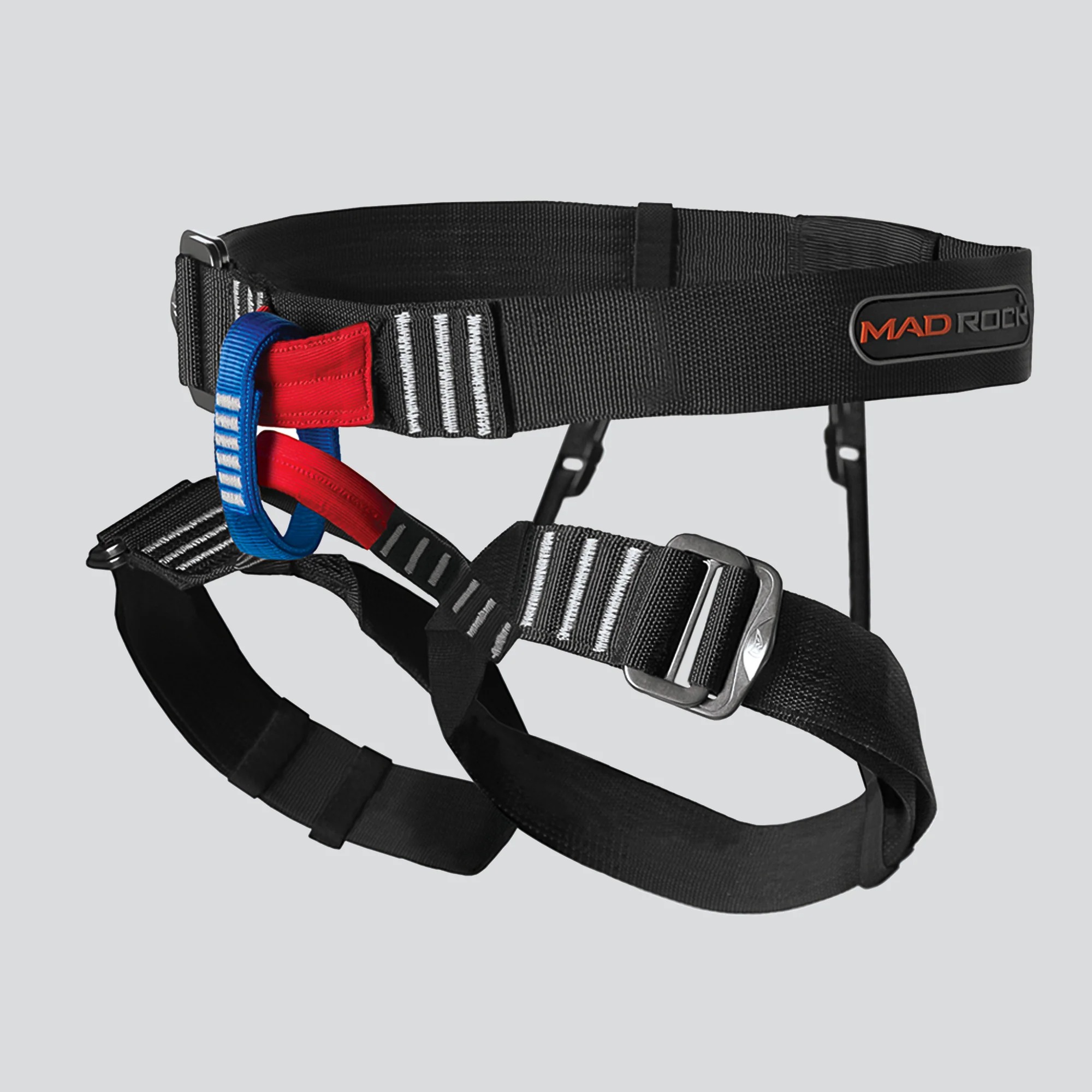
Key Features to Look for in a Climbing Harness
When looking for the perfect rock climbing harness, there are several key features you should consider. These features will not only enhance your safety but also your comfort and performance while climbing. Here’s what to keep an eye out for:
- Load Distribution: Your harness should distribute your weight evenly. This minimizes stress on any single point on your body.
- Adjustability: A good harness must have adjustable leg loops and waistbelt. This ensures it can adapt to different clothing and body changes.
- Comfort: Look for padded waistbelts and leg loops. They should provide comfort without adding too much bulk.
- Gear Loops: Enough gear loops are essential. They hold your quickdraws, cams, and other equipment within easy reach.
- Strength: The harness should be strong and reliable. Look for certifications from trusted climbing organizations.
Each of these features plays a role in how the harness will perform and how well it will suit your specific climbing needs. Make sure to evaluate each feature based on the type of climbing you plan to do.
Types of Climbing Harnesses
When you’re in the market for a rock climbing harness, you’ll encounter different types designed to meet various climbing demands and preferences. Understanding these types helps you narrow down which harness is your perfect fit. Here are the main categories you should know:
- Sit Harnesses: These are the most common for sport and gym climbing. They are lightweight and comfortable, allowing free movement.
- Full-Body Harnesses: Ideal for children or rescue operations, these provide added safety and prevent the risk of falling out.
- Chest Harnesses: Used in conjunction with a sit harness, these offer extra security in certain climbing scenarios, like ice climbing.
- Alpine Harnesses: Designed for mountaineering, these are lightweight and usually have features for carrying ice tools.
- Big Wall Harnesses: For long multi-pitch climbs where comfort is crucial, these harnesses often come with extra padding and gear loops.
Each harness type has its place, depending on your climbing style and goals. Sit harnesses might be perfect for quick climbs, while full-body harnesses add that layer of safety for novice climbers or kids. Chest harnesses provide a higher tie-in point, which can be beneficial in complex climbing techniques.
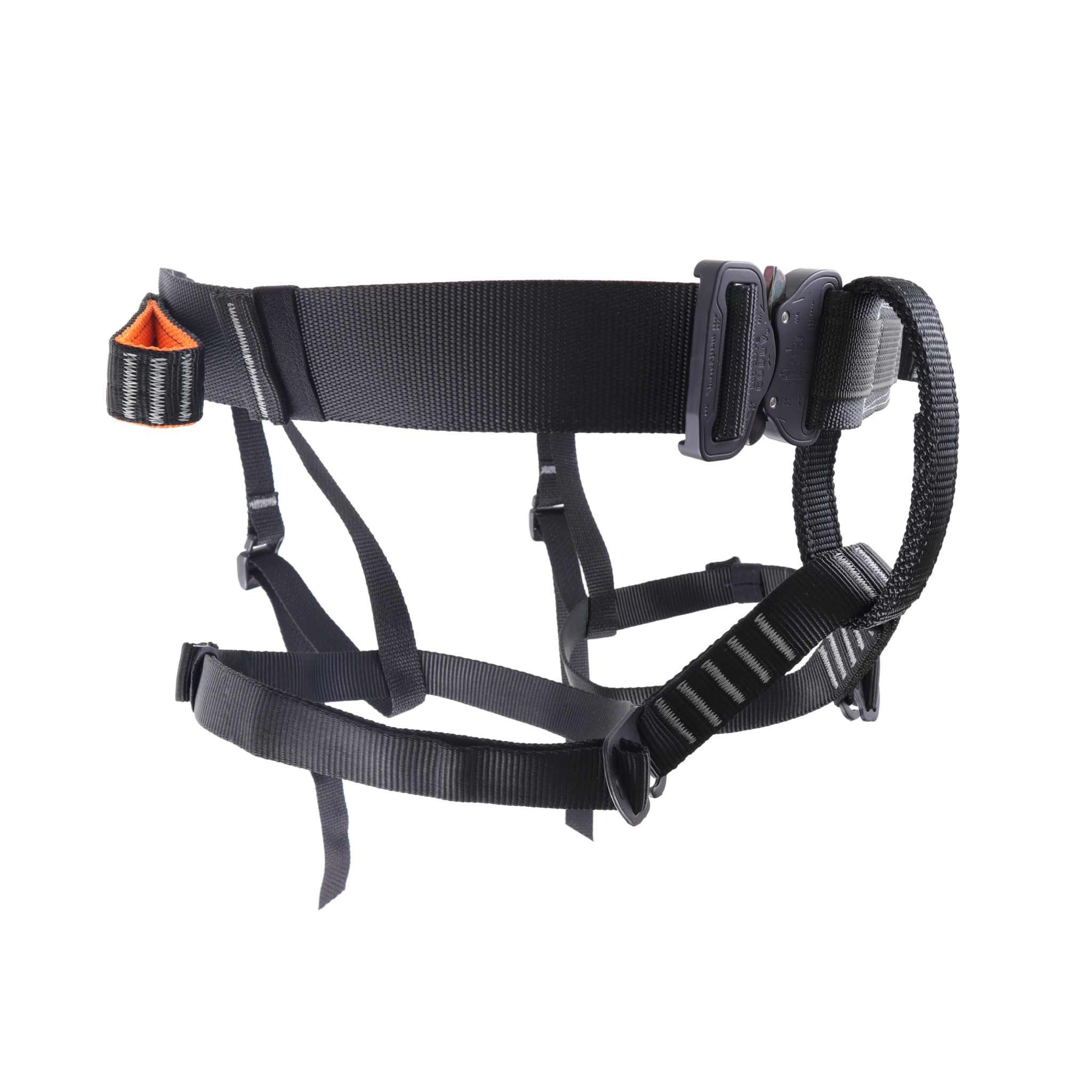
How to Properly Fit a Climbing Harness
Proper fit is crucial for a rock climbing harness. It ensures safety, comfort, and performance. To achieve the best fit, follow these steps:
- Measure Your Waist: Use a flexible tape measure. Circle it around your waist, above your hips. This is where the harness will sit.
- Try on Harnesses: Visit a specialty store. They offer more options. Try different models and sizes. Move around in them.
- Adjust the Waistbelt: The harness should fit snugly. But not too tight. You should fit two fingers under the waistbelt.
- Check Leg Loop Fit: Leg loops should also be snug. They shouldn’t pinch or restrict movement.
- Test Adjustability: Adjust straps. Ensure the harness can tighten or expand. Clothing layers change, so should your harness fit.
A well-fitting harness will distribute weight evenly. It reduces the risk of injury during a fall. Remember, each time you climb, double-check your harness fit. Safe climbing starts with the right fit of your rock climbing harness.
Best Climbing Harnesses on the Market
When searching for the top rock climbing harnesses in 2025, certain models stand out due to their exceptional features and overall quality. Here, we will explore some of the best options available on the market that meet the criteria for safety, comfort, adjustability, and additional features such as gear loops and lightweight design.
- Sport Climbing Harness: This harness type focuses on a balance between lightweight construction and sufficient padding for falls common in sport climbing. It has ample gear loops for quickdraws.
- Trad Climbing Harness: Designed for routes requiring a larger rack, these harnesses often have more gear loops and a durable build to handle various equipment.
- Women-Specific Harnesses: Tailored to fit the female anatomy, these harnesses offer a more comfortable and secure fit, with appropriate proportions in the waistbelt and leg loops.
- Children’s Harnesses: Safety is foremost for young climbers. These harnesses often come as full-body designs to prevent the risk of falling out.
Remember to look for certifications and endorsements from reputable climbing organizations to ensure the harness you choose is up to standard. With technology constantly advancing, newer models might offer improved features for safety, comfort, and performance.
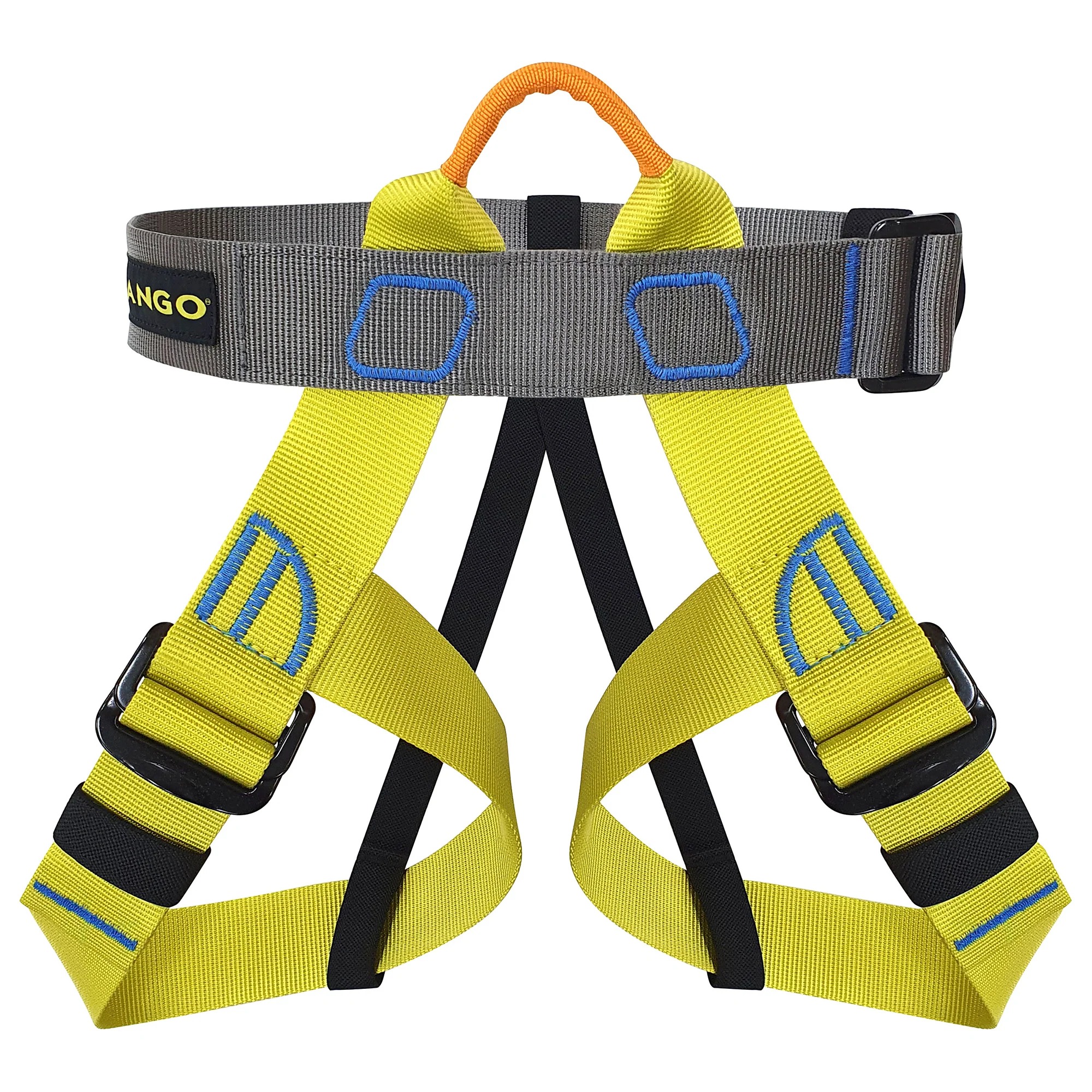
Innovative Technologies in Harness Design
The world of rock climbing harnesses is ever-evolving with innovative technologies. These advancements aim to enhance climber safety, comfort, and performance. As we look at what 2025 has brought, here are the cutting-edge features to consider in climbing harness designs:
- Smart Fabrics: Modern harnesses may use fabrics that adapt to temperature changes or can even harden upon impact, offering extra protection.
- Lightweight Materials: The use of new, ultralight materials makes harnesses easier to carry without sacrificing strength.
- Adjustability Improvements: Manufacturers have refined the adjustability of harnesses, making them quicker and simpler to fit.
- Enhanced Breathability: With the integration of mesh panels and perforated foam, harnesses now provide better airflow, reducing sweat and discomfort during climbs.
- Built-in Sensors: Some harnesses come equipped with sensors that monitor stress and wear, alerting the climber to potential safety issues.
These technologies represent the harness industry’s commitment to pushing the boundaries of what’s possible. When you’re in the market for a rock climbing harness, it’s worth exploring these innovations.
Climbing Harness Care and Maintenance
Ensuring your rock climbing harness remains in top condition is essential. Regular care and maintenance will extend its life and maintain safety. Here’s how to take care of your harness:
- Inspect Before Each Use: Look at your harness closely. Check for frays, cuts, or abrasion. Each time you go climbing, ensure your gear is safe.
- Clean with Mild Soap: Sweat and dirt can degrade materials. Use mild soap and lukewarm water. Clean your harness gently.
- Air Dry After Cleaning: Never use a dryer. Air dry the harness, but avoid direct sunlight as UV rays can weaken fibers.
- Store Properly: Keep your harness in a cool, dry place. Humidity and chemicals can damage it. Hang it or lay flat when not in use.
Routine maintenance doesn’t just prevent accidents, it also guarantees your comfort and performance are not compromised. A well-maintained rock climbing harness is a climber’s best support system on the rock face.
Making the Right Choice: Ethics and Sustainability in Harness Manufacturing
In the search for the ideal rock climbing harness, it’s not just about comfort and safety. Climbers are increasingly considering the ethical and sustainable practices involved in manufacturing their gear. As we move further into 2025, these factors are becoming as important as the harness’s technical features. Here’s how to make the right choice with an emphasis on ethics and sustainability:
- Check the Source: Find out where and how the harness is made. Choose brands that are transparent about their manufacturing process.
- Material Matters: Look for harnesses made from recycled or eco-friendly materials. This reduces the environmental impact of your climbing gear.
- Certification Counts: Brands with certifications in fair labor practices or environmental standards show a commitment to ethical production.
- Longevity Leads: A durable harness means a lower frequency of replacement, which is better for the planet. Long-lasting gear reduces waste.
Making an ethical and sustainable choice in your rock climbing harness not only benefits the environment, it also supports a healthier climbing community. It’s a step towards ensuring the natural landscapes we enjoy remain unspoiled for generations of climbers to come.
